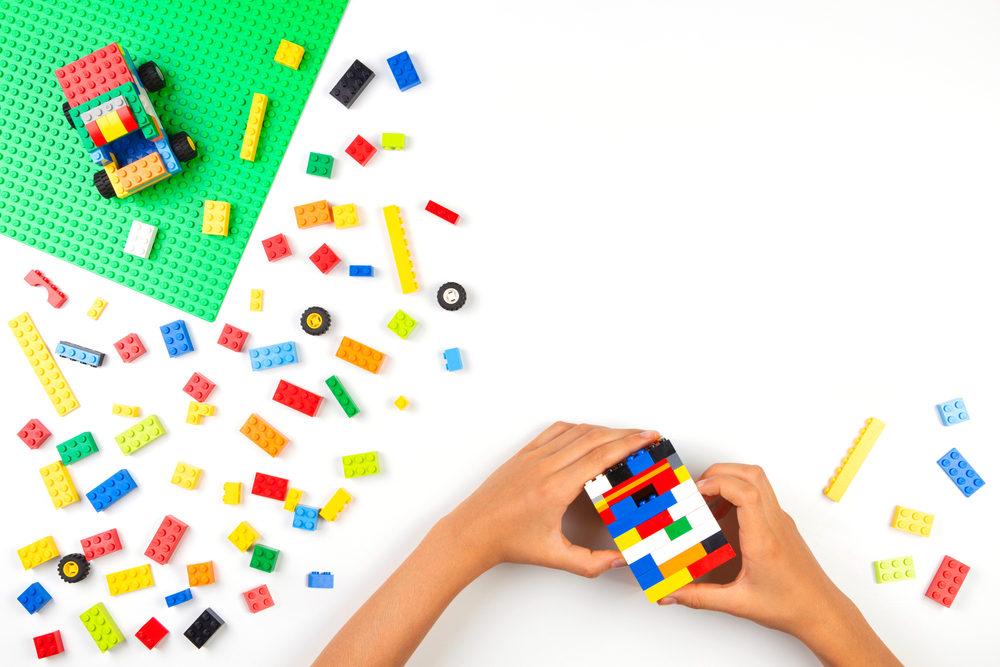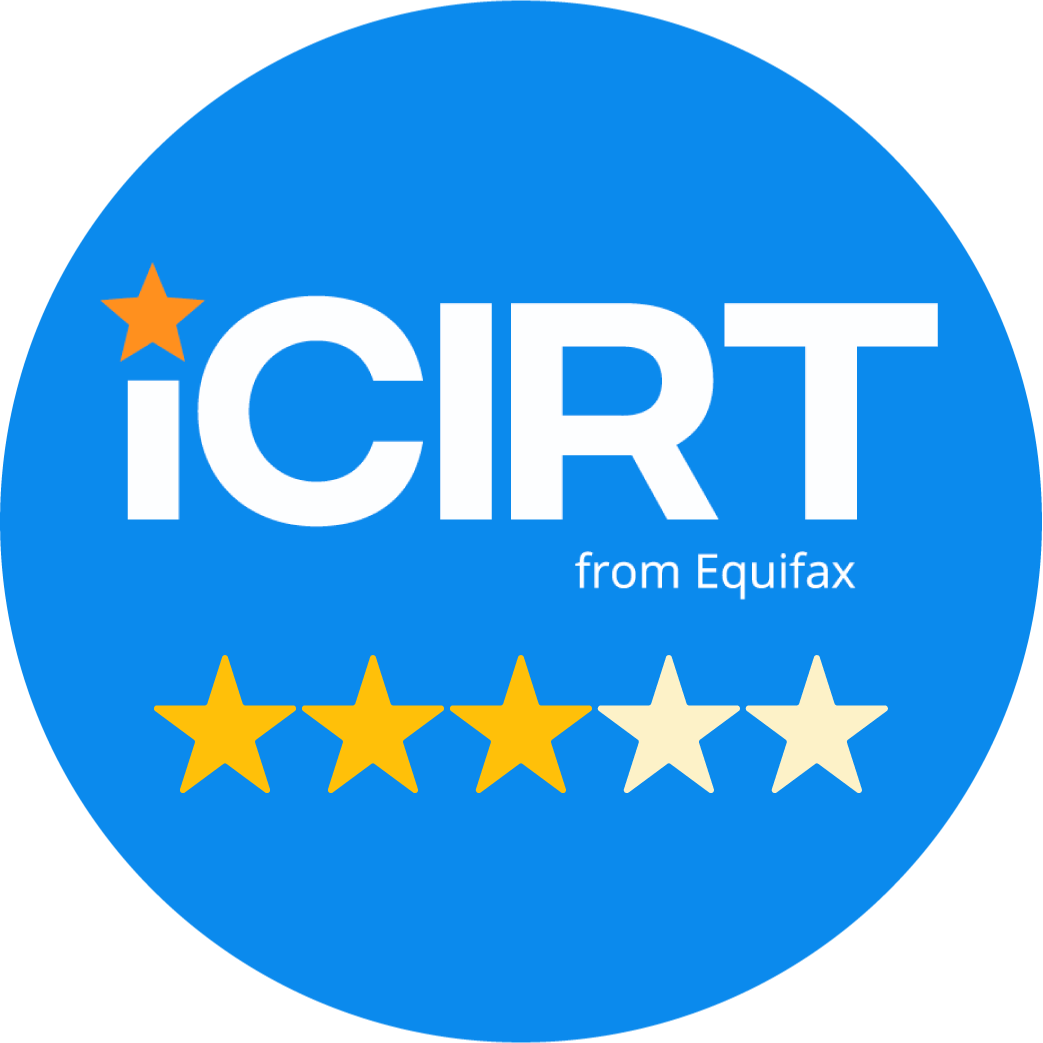
Inclusivity and accessibility does not start and stop with physical access to and utilisation of facilities. Accessibility for anyone with a disability can begin at a very young age, especially when inclusive provisions in common activities for toddlers and young children are not made. Every child plays with building blocks most notably, LEGO®, at one point in his or her life. Playing with LEGO® bricks facilitates play-based learning which aids in developing mathematical thinking and problem-solving skills, builds creativity and promotes fine motor skills. With such important benefits, any obstacle that prevents a child from playing with LEGO® bricks impedes the inclusivity and accessibility of the product. LEGO® is taking a giant step in the inclusive accessibility of its product by launching LEGO® Braille Bricks in Australia early next year.
LEGO® Braille Bricks are moulded with studs on top to reflect individual letters and numbers in the Braille alphabet while also remaining fully compatible with the LEGO® System in Play. This ensures that children with vision impairments are able to engage with the LEGO® bricks. The bricks also feature printed letters, numbers and symbols so that children without vision impairments and teachers can use the LEGO® bricks, promoting a collaborative and inclusive way of playing and learning.
The LEGO® Braille Bricks are not just important for allowing children with vision impairment to play with bricks, but to also facilitate a way for all children to interact with each other in a fun and productive way. It also helps to teach the Braille system to children with vision impairments, if they are not already familiar with it.
The bricks will be accompanied by a pedagogical concept which is based on play-based learning. It includes ideas and inspiration for activities to enhance learning and skills with the use of the LEGO® Braille Bricks. This toolkit will be provided to schools and educators across the country. Each toolkit will include 300+ LEGO® Braille Brick in the full alphabet of the school’s chosen language, numbers 0-9 and select mathematical symbols and punctuation marks. As the concept of Braille bricks is relatively new, the LEGO® Foundation also plans to work with teachers and further develop the effectiveness and impact of LEGO® Braille Bricks.
Achieving accessibility and inclusivity in play is not often thought about by brands, however, play and learning activities are incredibly important for the development of children. LEGO® Braille Bricks has now expanded the world of possibilities for children with visual impairments and made their world a more fair and inclusive place. We are thrilled that LEGO has executed this brilliant concept, and even more impressed that they have gone the extra step by providing a toolkit and having the LEGO® foundation work with teachers to develop the concept.
At Access Link Consulting, we look forward to seeing the LEGO® Braille Bricks in action next year. Any step taken to make the world a more inclusive place for children is a step towards a brighter future.









